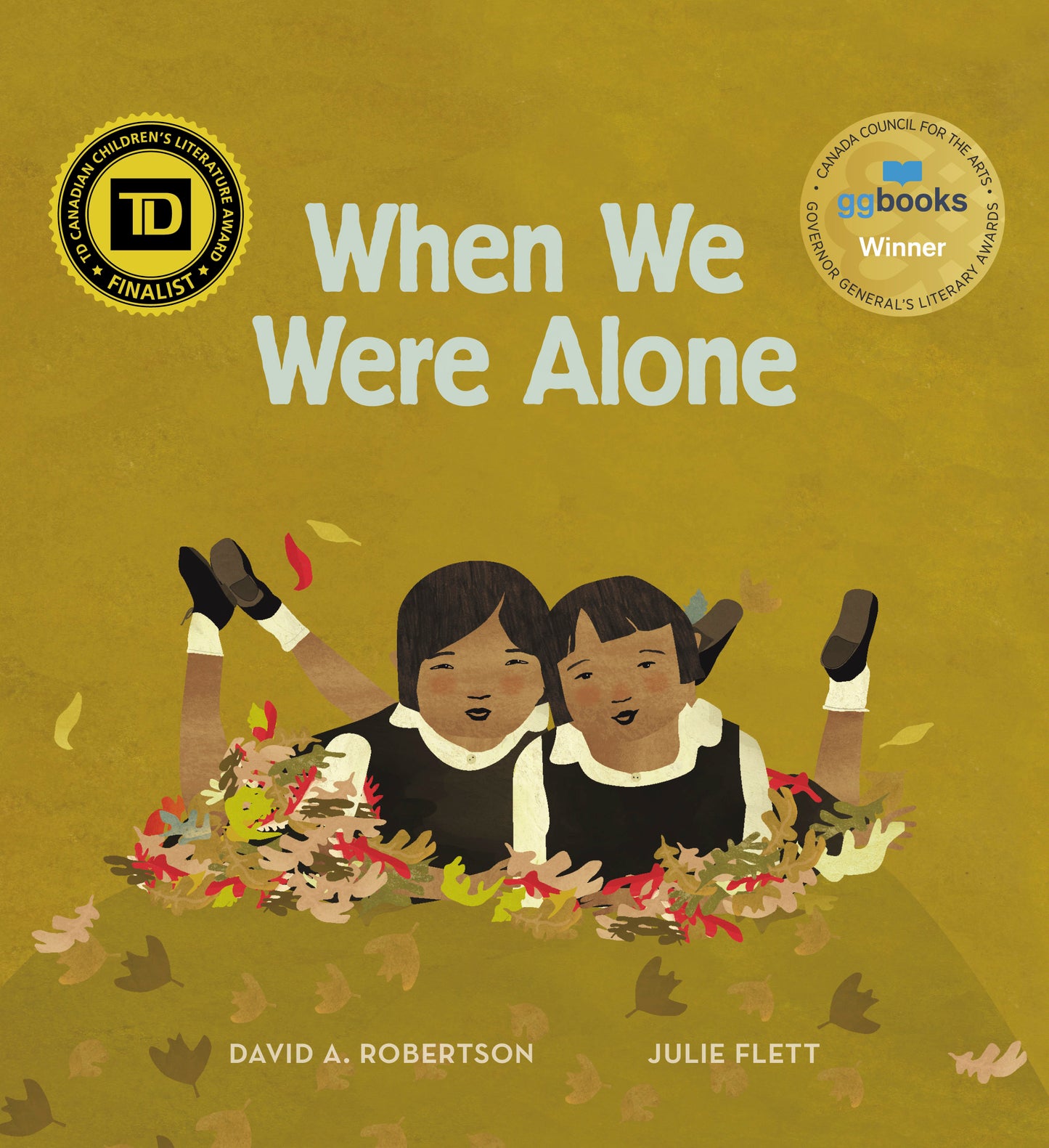Description
Winner of the 2017 Governor General's Literary Award!
A young girl notices things about her grandmother that make her curious. Why does her grandmother have long, braided hair and beautifully coloured clothing? Why does she speak Cree and spend so much time with her family? As the girl asks questions, her grandmother shares her experiences in a residential school, when all of these things were taken away.
Also available in a bilingual Swampy Cree/English edition. Download the free teacher guide on the Portage & Main Press website.
Author Bio
David A. Robertson (he/him/his) is a two-time winner of the Governor General's Literary Award, has won the TD Canadian Children’s Literature Award, as well as the Writer's Union of Canada Freedom to Read award. He has received several other accolades for his work as a writer for children and adults, podcaster, public speaker, and social advocate. He was honoured with a Doctor of Letters by the University of Manitoba for outstanding contributions in the arts and distinguished achievements in 2023. He is a member of Norway House Cree Nation and lives in Winnipeg.
Julie Flett is a Swampy Cree and Red River Métis artist and author. She studied fine arts at Concordia University in Montreal and Emily Carr University of Art + Design in Vancouver, British Columbia. She won the Governor General’s Award for Children’s Literature for her work on When We Were Alone by David Robertson, and her book Birdsong won the TD Canadian Children’s Literature Award and was shortlisted for the Governor General’s Award. She is the three-time recipient of the Christie Harris Illustrated Children’s Literature Award for Owls See Clearly at Night: A Michif Alphabet, Dolphin SOS and My Heart Fills With Happiness.
Prizes
- McNally Robinson Best Book for Young People Award/Younger CategoryWinner 2017
- Governor General's Literary AwardsWinner 2017
- TD Canadian Children's Literature AwardRunner-up 2017
Review Quotes
…Robertson handles a delicate task here admirably well: explaining residential schools, that shameful legacy, and making them understandable to small children. It’s a dark history, and the author doesn’t disguise that, but he wisely focuses the grandmother’s tale on how, season by season, the students use creativity, imagination, and patience to retain their sense of identity. A beautifully quiet, bold strength arises from the continued refrain “When we were alone” and in how the children insisted on being themselves. Flett’s gorgeous, skillful illustrations have a flattened, faux naïve feel to them, like construction paper collage, a style that works perfectly with the story. She nicely contrasts the school’s dull browns and grays with the riotous colors surrounding Nókom and gets much expression from her simple silhouettes.
Spare, poetic, and moving, this Cree heritage story makes a powerful impression.
— Kirkus ReviewsWhen We Were Alone is an incredible work of art and is very highly recommended.
— National Reading Campaign
